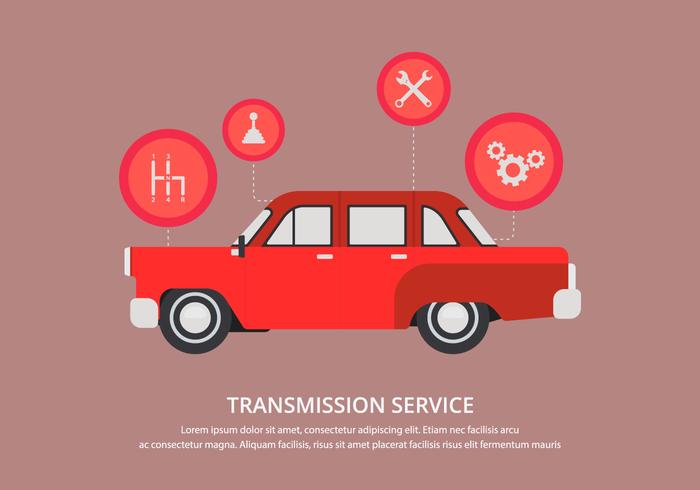Translating Your Auto'S Alert Lighting: Their True Ramifications
Translating Your Auto'S Alert Lighting: Their True Ramifications
Blog Article
https://www.consumerreports.org/car-insurance/how-to-avoid-overpaying-for-car-insurance-a2304863944/ Produced By-Sykes Winters
When you lag the wheel, those beautiful caution lights on your control panel can be a bit puzzling. Do you understand what they're trying to tell you concerning your car's health? Understanding the value of these lights is important for your safety and the durability of your lorry. So, the next time one of those lights appears, wouldn't you want to understand its message properly and take the necessary steps to address it?
Common Caution Lights and Interpretations
Recognize typical caution lights in your vehicle and understand their definitions to make sure risk-free driving.
The most typical warning lights consist of the check engine light, which signifies problems with the engine or discharges system. If this light begins, it's critical to have your vehicle checked promptly.
The oil pressure alerting light shows reduced oil stress, calling for instant attention to prevent engine damage.
A blinking battery light may recommend a defective billing system, potentially leaving you stranded if not attended to.
The tire pressure monitoring system (TPMS) light notifies you to reduced tire stress, affecting car stability and gas effectiveness. Neglecting this could lead to hazardous driving conditions.
The ABS light suggests a trouble with the anti-lock braking system, compromising your capacity to stop swiftly in emergency situations.
Last but not least, the coolant temperature level cautioning light warns of engine getting too hot, which can lead to severe damage if not dealt with quickly.
Recognizing these usual caution lights will certainly aid you address issues promptly and maintain risk-free driving conditions.
Relevance of Prompt Focus
Understanding the typical warning lights in your automobile is only the very first step; the relevance of quickly resolving these warnings can't be highlighted enough to guarantee your security on the road.
When a warning light illuminates on your dashboard, it's your auto's method of interacting a possible issue that requires attention. Neglecting these cautions can result in much more extreme issues down the road, jeopardizing your safety and security and potentially costing you a lot more in repairs.
Prompt focus to cautioning lights can prevent break downs and mishaps. For instance, a flashing check engine light could suggest a misfire that, if left ignored, could trigger damage to the catalytic converter. Resolving this quickly can conserve you from a pricey repair.
Likewise, a brake system alerting light might signify reduced brake liquid or used brake pads, critical parts for your security when driving.
Do It Yourself Troubleshooting Tips
If you see a warning light on your dashboard, there are a few DIY fixing pointers you can try before seeking specialist assistance.
The first step is to consult your cars and truck's manual to understand what the details warning light shows. Often the concern can be as straightforward as a loosened gas cap activating the check engine light. Tightening the gas cap may deal with the problem.
One more usual concern is a low battery, which can trigger different alerting lights. Checking visit here for corrosion and ensuring they're safe might repair the trouble.
If a warning light persists, you can try resetting it by separating the automobile's battery for a couple of minutes and afterwards reconnecting it. In addition, checking your car's fluid levels, such as oil, coolant, and brake liquid, can assist fix alerting lights associated with these systems.
Conclusion
Finally, understanding your car's warning lights is important for maintaining your car running efficiently and safely. By immediately dealing with these informs and understanding what they indicate, you can stay clear of pricey repairs and possible breakdowns.
Remember to consult your auto's guidebook for particular information on each advising light and take action as necessary to ensure a hassle-free driving experience.
Stay educated, remain risk-free on the road!
